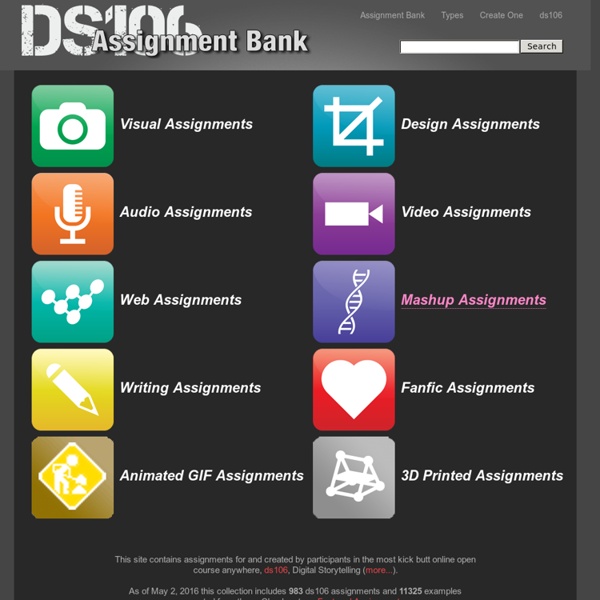



Curation: Creatively Filtering Content We are living in an era of information overload. So much content is shared online that curation is needed as a way to get value out of the information flood. Content curation is the process of shifting through the vast abundance of content on the Internet to select the best, most relevant resource, on a specific topic or theme, so that we can organize, manage and collate the content for ourselves and share with others. Content curation is about working smarter and not harder. Why is curation important? Curation is a life skill and an important part of being digitally literate. While at the Edutech National Congress & Expo I curated the best resources shared from the Edutech conference into a Flipboard magazine. The purpose of this post is to showcase all the different ways content was curated at the Edutech National Congress & Expo to: Provide a deeper understanding of curation.Provide inspiration to try alternative curation methods.Make you appreciate the importance of curation. Blog posts
The Epic BYOD Toolchest (51 Tools You Can Use Now) PowerSchool Learning: (Previously Haiku Learning.) This is a full learning management system (LMS) that I’m trying to get our school to adopt. It’s multiplatform and robust, which makes it a great fit for our BYOD environment. It also works on top of Google Classroom, so I have all those features too, plus my grade book. Google Classroom: Teachers are moving in droves to Google Classroom. There are many other content-sharing platforms, like Moodle, Canvas, and CourseSites. Screencasting and Capturing What Happens in Class If you’re going to share and interact with your students in the electronic and physical spaces (as you should), you must learn how to screencast. In some exciting news, Apple has announced that iOS 11 (out later this year) will include screen recording capabilities and new screenshot features. Screencast-O-Matic: This is my go-to app. Cloud Syncing Dropbox: If you shoot video and need to get it onto your computer, Dropbox is essential. Expression Blogging Presentations